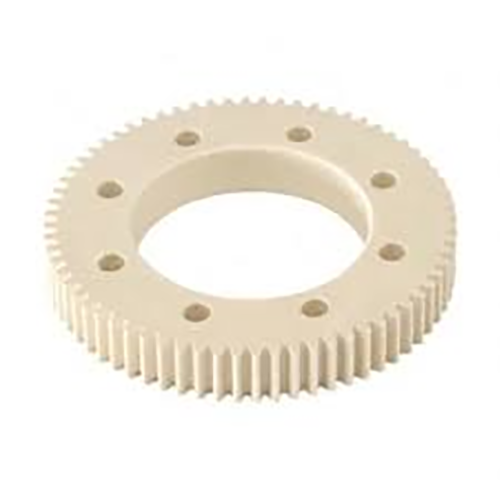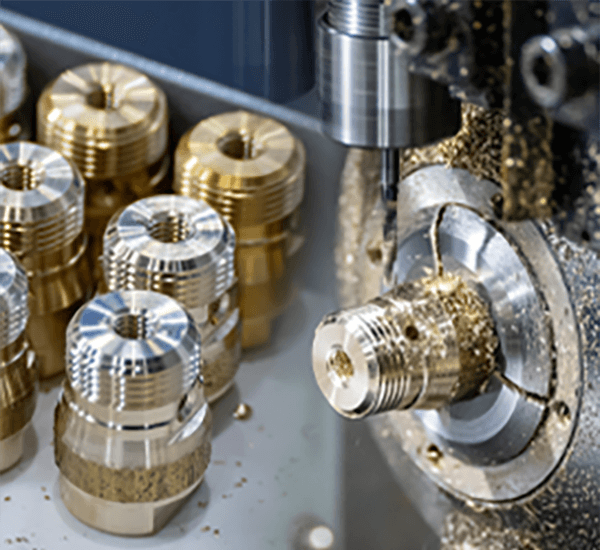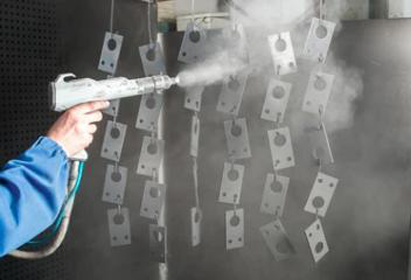
Obtaining designated surface condition on a machined article is vital.
- CAD annotations convey exact surface criteria for production
- Callouts frequently reference metrics such as Ra (average roughness) for roughness quantification
- Understanding these callouts is fundamental for ensuring manufactured parts meet performance requirements
- Defined surface quality influences lubricant retention, coefficient of friction, and wear resistance
- Understanding the notation correctly yields the desired surface result
Understanding Precision Engineering in CNC Machining

CNC-driven fabrication functions as a modern manufacturing method using CNC instructions the equipment fabricates detailed forms with consistency.
- This process enables the creation of high-quality parts from a wide range of materials
- CNC adaptability suits industries including aerospace and automotive sectors
- Machine-controlled machining secures stable repeatability for production lots
From prototyping to mass production CNC machining plays a pivotal role in shaping modern manufacturing
CNC Specification Guidance
Reading machine specs may appear overwhelming initially
In contrast, measured learning and order help you traverse technical specifications
Commence with recognizing main metrics: spindle rpm, feed, precision, work volume, control system
Each metric impacts the machine’s aggregate capability.
Illustratively, greater spindle rpm aligns with softer workpieces; increased feed raises manufacturing pace.
Appreciating such links enables selection of equipment fit for your objectives
Ensure you peruse vendor documentation exhaustively.
Provided manuals commonly contain clarifying information and define jargon
Complete Overview of CNC Equipment
CNC machines are specialized computer-controlled systems used in manufacturing for precise and automated fabrication of various materials They process programmed G-code to regulate toolpaths and actuator behavior.
- Frequent CNC varieties include mills, lathes, routers, plasma cutting machines
- CNC machining processes are highly versatile and can be used to work with a wide range of materials including metals plastics wood and composites
- Also CNC equipment offers quick turn prototyping and low-volume runs for innovators and labs
Fundamental CNC Machine Concepts
They manifest coupling of mechanical fidelity and complex software governance These versatile tools utilize computer programming to automatically manufacture a wide range of parts from simple components to complex assemblies The core idea is converting digital blueprints into tangible parts.
- Software-driven machining
- Programmed manufacturing process
It comprises controlled axis moves directed by programmed code Skilled staff determine cutting conditions, observe operations, and verify finished part quality.
Why Surface Finish Matters in CNC Machining
Producing expected finish through machining is important It strongly influences part functionality and visual appeal The type of material being machined the cutting parameters used and the post-processing operations all contribute to the achieved surface texture.
Refined surfaces boost longevity; rough surfaces can diminish functional performance Machine-controlled fabrication offers many methods and cutters to achieve set surface qualities.
- Example: altering tool nose radius and flute profile |carbide alloys|feed and speed combinations to realize required texture
- Supplementary finishing like polishing or abrasive grinding enhances surface
Comprehending the connections between machining choices and texture secures better results.
CNC Machine Basics: From Operation to Applications
It constitutes a high-precision manufacturing approach using programmed machine tools to form parts from many materials They follow G-code sequences to generate complex parts reliably A fundamental understanding of CNC machine operation including the role of G-code programming and tool selection is essential for successful machining processes
Sectors served include aerospace, automotive, manufacturing, medical, and electronics fields From fine aerospace pieces to intricate mold geometries, CNC underpins complex manufacturing
Surface Finish Specification Guidelines
Accurate finish definition matters when machining parts with CNC It helps confirm that the product aligns with performance and cosmetic needs Engineers generally specify surface quality using the Ra roughness notation Measured in micrometers or inches, the number reflects mean surface roughness height.
Balance smoothness needs with intended application when designating finish

In practice smoother finishes help where exact fits and close tolerances are essential
By contrast coarser finishes may be useful where additional grip or friction is desirable
Use explicit finish instructions on design documents to convey the surface requirement Specify the Ra metric and note any secondary treatments or special machining steps.
Recall that well-defined roughness notes help ensure production success
Types of CNC Machines and Their Capabilities
CNC machining spans many technologies and machine classes to address different operational needs They work with CAD/CAM programs to command cutters and deliver accurate component fabrication.
- Turning centers form shafts rods and cylindrical forms by cutting along axes
- Grinders refine surfaces and achieve tight dimensional tolerances via abrasion
- Waterjet cutters use high-pressure abrasive streams to cut diverse materials without thermal effects
Selecting equipment relies on part complexity material properties and tolerance needs Each type of CNC machine offers unique capabilities making them essential tools in diverse industries from automotive to aerospace.
Attaining Top-tier Surface Finish Through CNC
Obtaining fine surface quality is important and CNC technology delivers consistent control to attain it By leveraging precise control over cutting parameters such as feed rate spindle speed and tool geometry machinists can effectively manipulate the material removal process to produce surfaces with minimal imperfections Moreover premium cutters and correct coolant application enhance surface outcomes Strategic toolpath planning and precise machine adjustments result in superior finish quality.
Obtaining Surface Quality via CNC Code
Programming skills that affect finish are critical for reaching surface goals Parametric choices for feed, speed, and tool shape govern surface smoothness and defects Meticulous parameter tuning together with suitable coolant use promotes smoother finishes.
- Also ongoing tool care and inspection support sustained finish reliability Also ongoing tool care and inspection support sustained finish reliability Additionally routine cnc full form machine tool checks and upkeep maintain consistent finish quality
- In order to refine finish consider material, target roughness, and end-use needs
- Employing simulation software can help visualize and fine-tune cutting parameters before machining reducing the risk of surface defects
- Also ongoing tool care and inspection support sustained finish reliability
